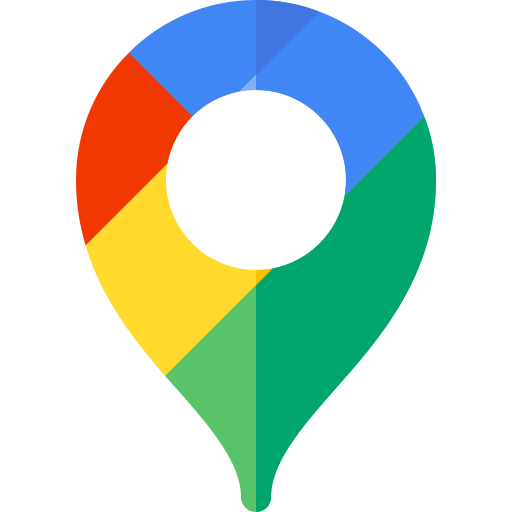
Factors to Consider When Choosing Engine Oil for Your Vehicle
The important lubricant in your vehicle is motor oil. Choosing quality lubricant for your vehicle engine is critical because it has various functions which include:
– Lubricating parts of the vehicle engine
– Reduces friction
– Reduces damage and weathering
– Has other properties such as detergent and cooling
You will encounter many choices when picking the ideal oil for your vehicle’s engine. If you need to learn how to get the correct engine oil, continue reading through the article.
When choosing your vehicle’s engine oil, consider the following factors.
1. Types of engine oil
You can choose between synthetic oil, semi-synthetic oil, or mineral oil. Each set of engine oils has its advantages and disadvantages.
– Synthetic oils. These are purer compared to mineral oils. They are excellent at resisting heat and are highly flowable. They also last longer but have a higher price.
– Synthetic blend oils. This oil is a blend of mineral oil with synthetics. They don’t provide superior protection to the engine as full synthetic oil.
– Mineral oils. They have excellent lubrication and are a product of refined crude oil. However, it may have impurities that cause sludge build-up. This type of engine oil is suitable for old model vehicles.
2. Oil standards
There is a variety of engine oil standards set up by several institutions. The engine oil label has letters and abbreviations showing its standards.
These letters show you if the product meets or exceeds the requirement set up by relevant authorities. These specifications are essential as they indicate the quality and performance of the engine oil. Some engine oil standards include;
– JASO oil standard. They are oil standards by the Japanese Automotive Standard Organization. Their oils are classified based on the type of engine.
– API oil standard. It was established by the petroleum institute of America. They use the letter S and C in classifying oils. Petrol engine oils are indicated with the letter S while commercial diesel engine oil is shown with the letter C.
– ILSAC. They are set up by the Committee which represents international lubricant approval and standardization. Some vehicles in Asia and America use these oil standards.
3. OEM Specifications.
The original equipment manufacturers have set their gauges for the motor oil to be used in some of the vehicles. After manufacturers set the standards, these specifications are named such as Porsche C30.
However, some of these OEMs can be tested in other brands of vehicles. The specifications are accessible to manufacturers who can design products that meet the basis.
Therefore, when getting an oil change l, carefully check your vehicle’s OEM specifications.
4. Viscosity Grade
When you are comparing engine oils, on their packaging you find codes with letters and numbers. These designations represent the viscosity grade of the lubricant.
Engine oil with low viscosity flows faster since they are more liquid, while those with higher viscosity are thicker. Thick motor oils flow slowly and offer a protective layer to the components of the vehicle’s engine. It reduces wear and friction.
Also, consider your driving conditions because temperatures also affect engine oils. In low temperatures, choose engine oils that have low viscosity as they flow faster when starting a cold engine. When at higher temperatures, choose thick motor oils because they will spread slowly. Thick motor oils are more stable and protect your engine against wear and friction.
Grades of Engine Oils
There are two categories for oil change:
– Monograde oils. They are designed for older vehicles. Monograde oils used during summer are identified with SAE X letters while those of winter driving conditions are shown with SAE XW letters. Those used in winter have a low viscosity grade
– Multigrade oils. They are used in current vehicles. They are suitable for various driving conditions and most seasons due to their high-temperature range.
Conclusion
When choosing motor oil for your vehicle, there are plenty of things you put into consideration. They help you make the right choice.
First, check on the motor oil types. Engine oils like minerals are affordable while synthetic oils provide protection, fuel efficiency, and better performance. Also, pay attention to oil viscosity, oils standards, and OEM specifications.
Depending on the type of car you are looking for, ensure you choose the right engine oil. You can contact Valvoline Express Care if you have other questions relating to engine oils.





